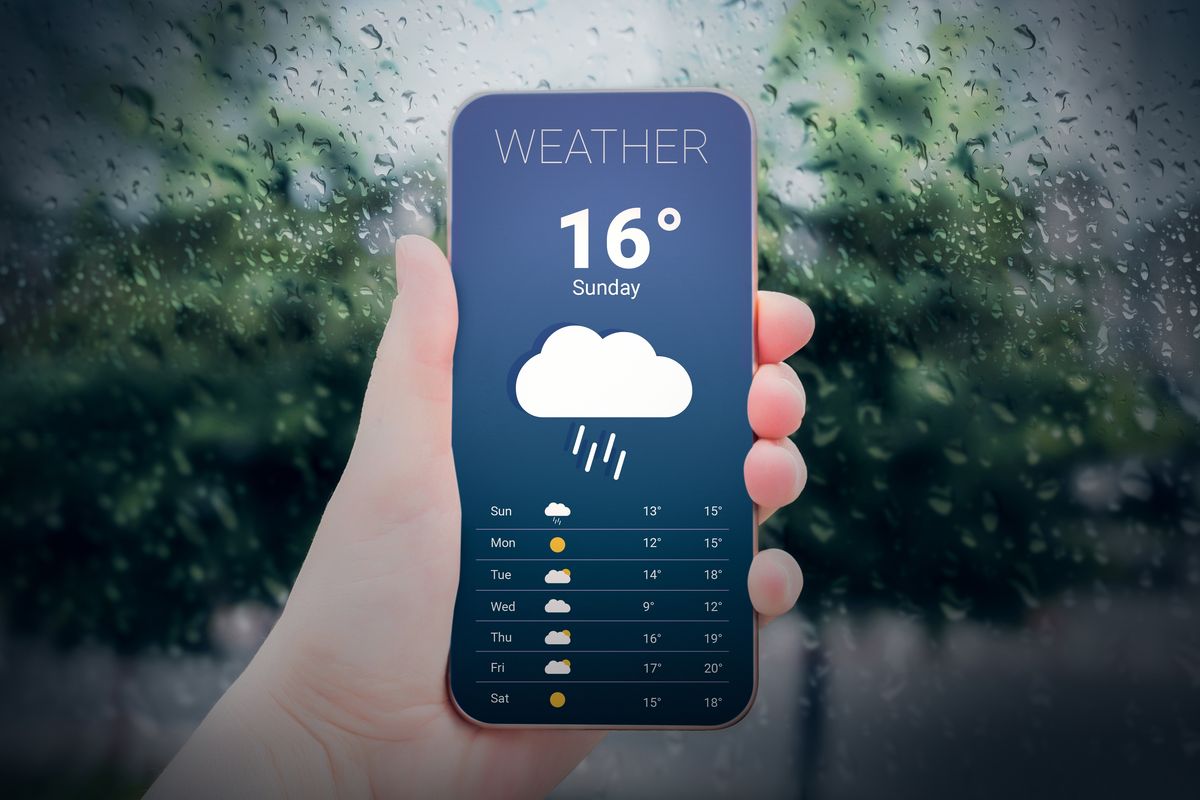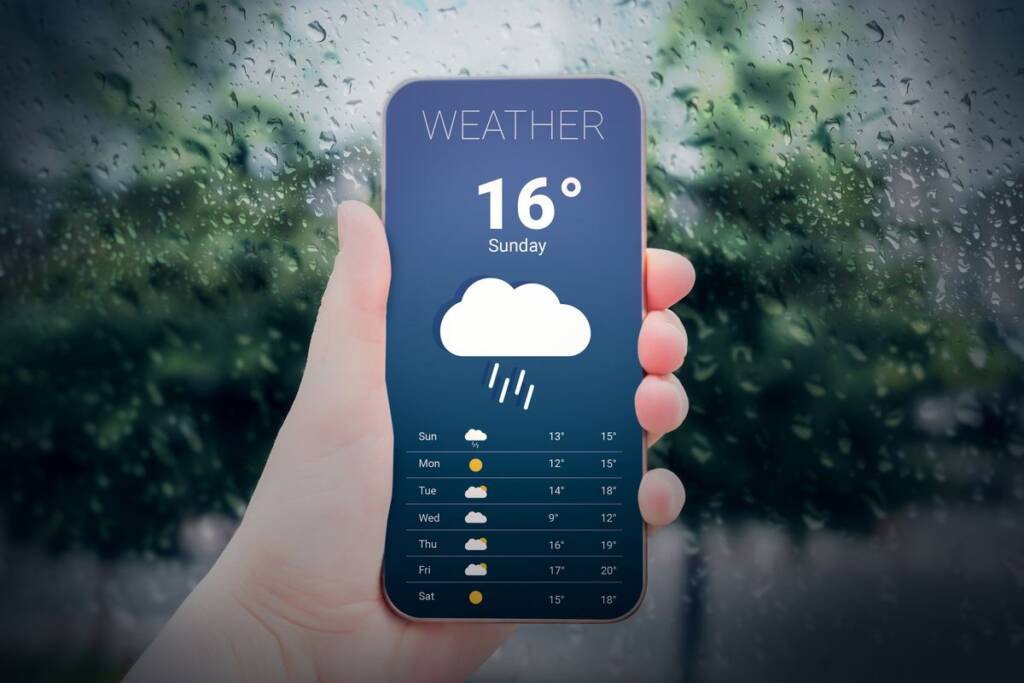Health
Weather and forecasts: some sources at our disposal

Weather forecasts have become an essential part of daily life, influencing decisions ranging from clothing choices to travel plans.
There are several sources of weather forecasting, each with specific approaches and methods. Let's look at some of the main sources together and compare their advantages and disadvantages to help readers choose the source best suited to their needs.

National Meteorological Services
Advantages : National weather services, such as our Air Force Weather Service, provide a reliable reference point due to their large network of weather stations and access to real-time weather data. For example, the US National Weather Service (NWS) uses a vast infrastructure to monitor and predict immediate weather conditions, providing significant confidence in short-term forecasts.
Disadvantages : However, national weather services may have limitations in long-term forecasts, potentially decreasing accuracy over time. Additionally, coverage may be less accurate in remote or sparsely populated regions , as evidenced by some geographic areas where information may be less detailed or less frequently updated.
Weather App
Pros : Weather apps are a convenient and personalized way to get weather forecasts. In Italy, for example, applications such as "IlMeteo" and "WeatherPro" offer easily accessible forecasts, real-time updates, interactive maps and customizable notifications. These features allow users to have detailed weather information directly on their mobile device .
Cons : However, it is important to note that the accuracy of predictions can vary greatly between apps. Some are based on third-party data, which may affect their reliability. Additionally, the long-term forecasts provided by these apps may be less accurate, as they rely on predictive models that may have limitations in their accuracy over time.
Weather Websites
Advantages : Meteorological websites, such as “IlMeteo.it” and “Meteo.it”, stand out for the aggregation of data from different sources, providing a complete view of the atmospheric conditions in the country . For example, Meteoweb is another notable site that offers detailed weather information, including updates on radar, satellites, and weather models ( visit site ). This diversification of data allows users to gain a more in-depth overview of forecasts and current conditions.
Cons : However, it is important to note that the presentation of information on these sites may vary, with some platforms may include advertising or have less intuitive interfaces. Users should be aware of these differences to ensure an optimal user experience when consulting these online resources.
Global Weather Models
Global weather models are key tools for predicting weather conditions on a global scale. Numerous models are used internationally to analyze and predict atmospheric dynamics. A notable example is the Global Forecast System (GFS) , developed by the United States and widely used globally. This model incorporates data from satellites, weather stations and other sources to offer long-term forecasts and monitor climate change on a planetary scale.
Other examples include the European ECMWF (European Center for Medium-Range Weather Forecasts) model and the British UKMET (United Kingdom Met Office) model. Both are internationally recognized for their accuracy and broad geographic coverage, providing crucial information for understanding global weather conditions.
To get a complete view, it may be helpful to combine multiple sources. Apps and websites offer quick and easy access, while national weather services and personal weather stations can provide more detailed and specific data. Awareness of the advantages and disadvantages of each source helps you make informed decisions based on your personal needs.
Riproduzione riservata © - WT











